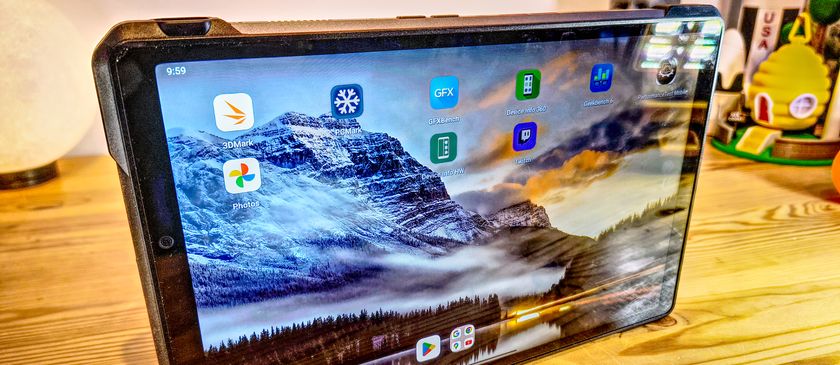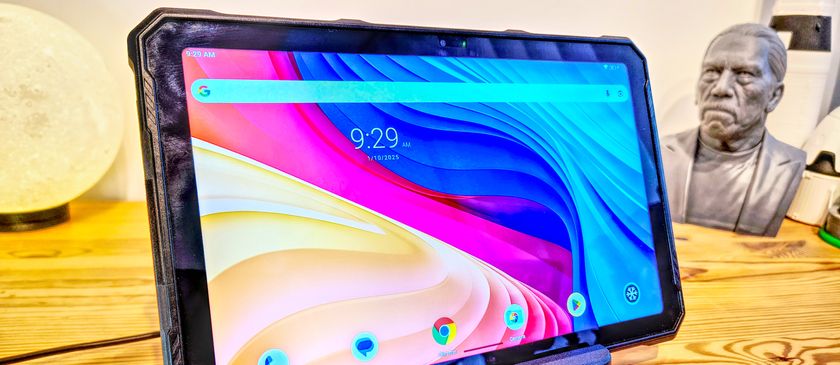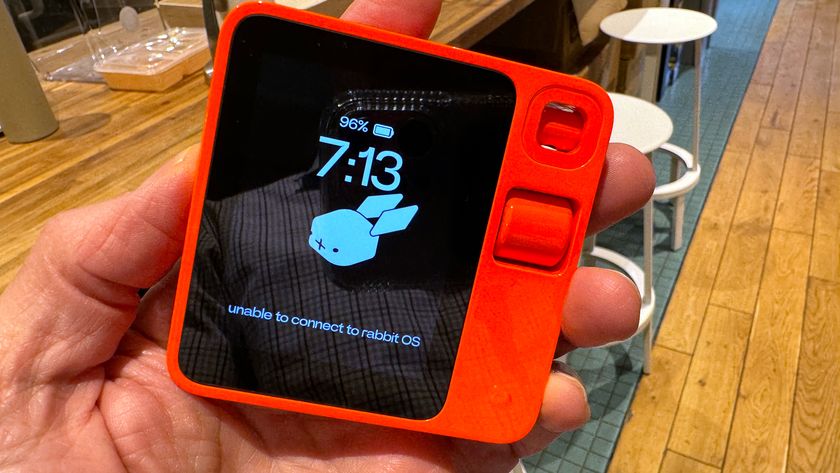5G reveals the road to self-driving vehicles
Next-generation networks will be key to the future of connected and self-driving vehicles

Daniel Ruiz is the CEO of Zenzic.
The UK’s connected and automated mobility (CAM) industry is working on a jigsaw puzzle of challenges which stand between us and getting self-driving vehicles on the road, in meaningful numbers, safely. The development of 5G network connectivity is a key piece of this puzzle as it allows new platforms to be built around it which will unlock the full potential of CAM.
Fast and robust connectivity is crucial to the successful deployment of connected and self-driving vehicles. It enables the flow of data generated by connected and self-driving vehicles and allows the data to be processed and converted into insights that form the basis of decisions. These in turn form the building blocks for the services from which consumers and business will eventually benefit. In the transition from today’s transport systems to those of the 2030s and beyond, the importance of this data-carrying infrastructure cannot be overstated.
That’s why the UK’s CAM industry is looking to the recent launches of 5G mobile technology into towns and cities around the UK by EE and Vodafone as an enormous opportunity. While 4G networks have provided the necessary backbone to develop basic vehicular communication systems, 5G offers promise of an additional layer of services and possibilities.
The launch of 5G is a keystone moment in the CAM sector’s quest to see connected and autonomous vehicles on UK roads by 2030. The technology’s potential is based on three key strengths: speed, reliability and capacity. We can delve more deeply into why each of these strengths matters so much to connected and self-driving vehicles.
Speed: Instant reactions
5G technology can deliver drastically lower latency (5 milliseconds or less) and much higher speeds (1 gigabit + per second) than 4G (which today averages at around 30 megabits per second). These improvements mean communication across the network can be much faster, which unlocks huge opportunities for connected vehicles.
5G-enabled connected and self-driving vehicles will be able to communicate more efficiently and quickly with each other and with roadside infrastructure, which can help to reduce traffic jams and bottlenecks. Perhaps the most transformative benefit of 5G technology will be to road safety. Connected and self-driving vehicles fitted with 5G will interpret road conditions and potential hazards more rapidly.
They will be able to receive information from a vehicle several cars further down the road over five times faster than a 4G-equipped vehicle can, and orders of magnitude faster than a human being. This near-instantaneous response could dramatically reduce the number of road traffic accidents in the UK as the vehicle itself would know, near instantly, what is happening tens or even hundreds of meters ahead, rather than what its sensors alone can see.
Are you a pro? Subscribe to our newsletter
Sign up to the TechRadar Pro newsletter to get all the top news, opinion, features and guidance your business needs to succeed!
Reliability: Failure is not an option
In connected and self-driving vehicle deployments, public safety is the number-one priority. The technologies supporting it must be failsafe. 5G networks were created specifically with such critical applications in mind, and as such are designed to offer almost 100% uptime and unrivalled constancy in network services. Reliable 5G coverage and leading network redundancy are vital factors in making connected and self-driving vehicles run as safely as possible on the UK’s roads.
Capacity: 5G’s fat pipe
Connected and self-driving vehicles and their embedded sensors generate a phenomenal amount of information. Connected and self-driving vehicle testing at Millbrook Proving Ground in rural Bedfordshire routinely produces up to, and sometimes over, 4TB of data every day. 4G networks simply don’t have the capacity to reliably transmit such an enormous volume of bits and bytes.
Fortunately, 5G has a much ‘fatter pipe’ than 4G through which to feed this information. Indeed, 5G networks are specifically designed to manage a huge number of high-demand applications concurrently. This increased capacity gifts the entire ecosystem the ability to scale as more connected vehicles hit the road – invaluable for the growth of the CAM sector.
5G turbocharges connected and self-driving vehicles development
The development of connected and self-driving vehicles in the UK is already well underway, but 5G delivers a very welcome boost to the process. For example, the 5G deployment in London will enable the Smart Mobility Living Lab (SMLL) – an advanced connected environment using open and closed routes for testing future mobility technologies, services and business models – to test out 5G’s implications for connected vehicles in the real world.
SMLL is just one part of the UK’s world-class connected and self-driving vehicle testing and development ecosystem, known as Testbed UK, which is accompanied by a leading regulatory framework focused on supporting technological development. Moreover, the UK’s work on the development of EU safety and testing legislation means it is best placed to lead the connected and self-driving vehicle charge globally.
To influence relevant policy, Zenzic is supporting CAM development with its "Connected and Automated Mobility Roadmap to 2030," which outlines the technical, infrastructural and legislative steps required to achieve the safe, efficient deployment of connected and self-driving vehicles.
There are many more pieces to the CAM puzzle, but as 5G begins to reach more UK locations, a critical one is falling into place. It is crucial that laws and policies are developed in tandem with technology – that way, we can ensure connected and self-driving vehicles hit UK roads by 2030, and both consumer and business benefits can start to be realized.
Daniel Ruiz is the CEO of Zenzic.
Daniel Ruiz joined Zenzic as CEO in November 2017 to lead the UK’s £200 million connected and self-driving development programme. Daniel has a PhD in engineering from New College, Oxford.
He has a vision with clear goals. He enjoys team work and collaboration; He believes in get it going and get it done!
Most Popular





